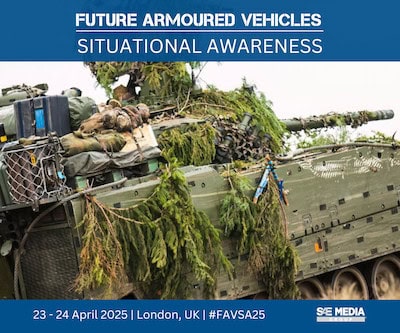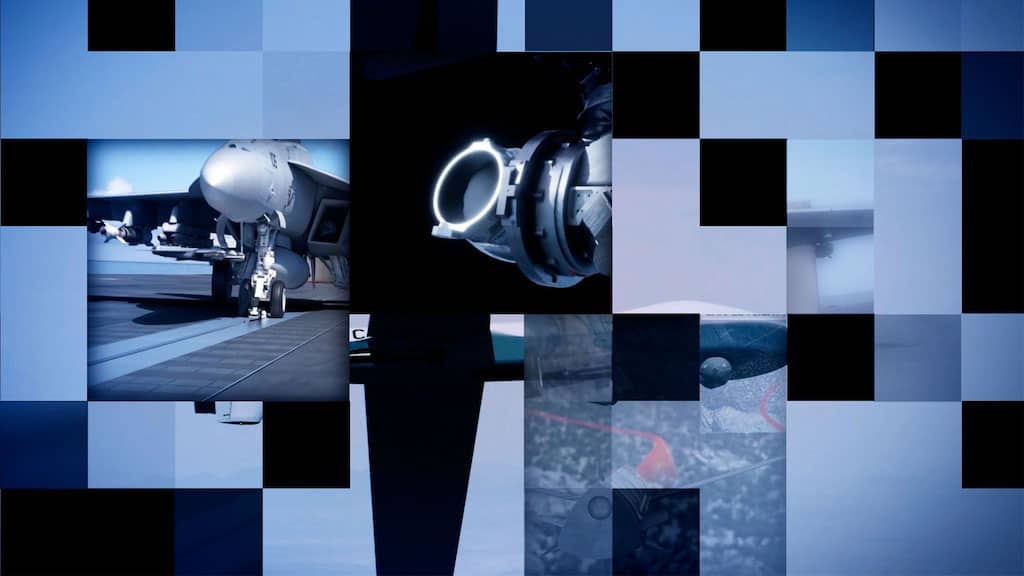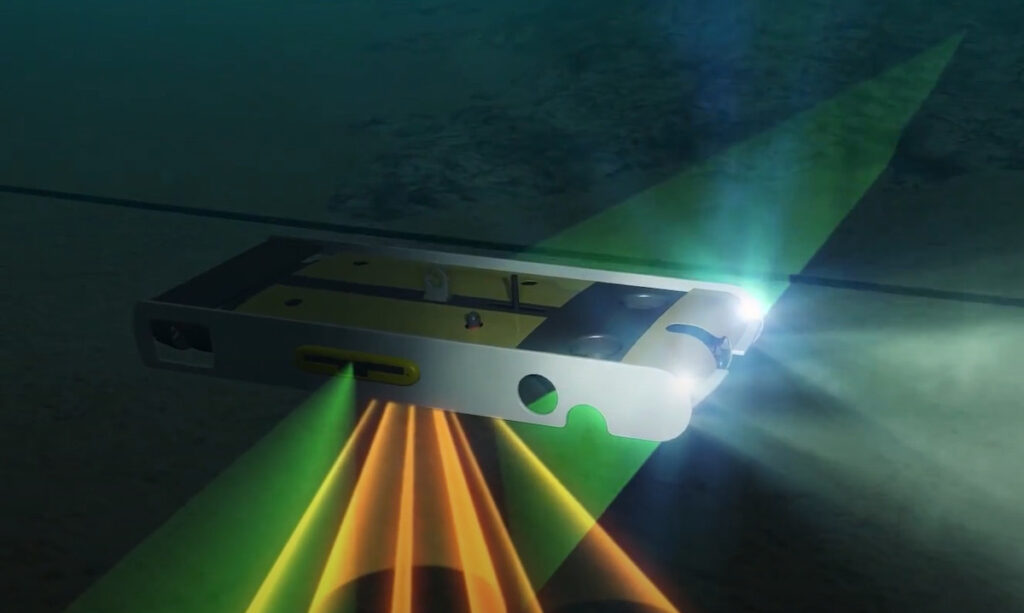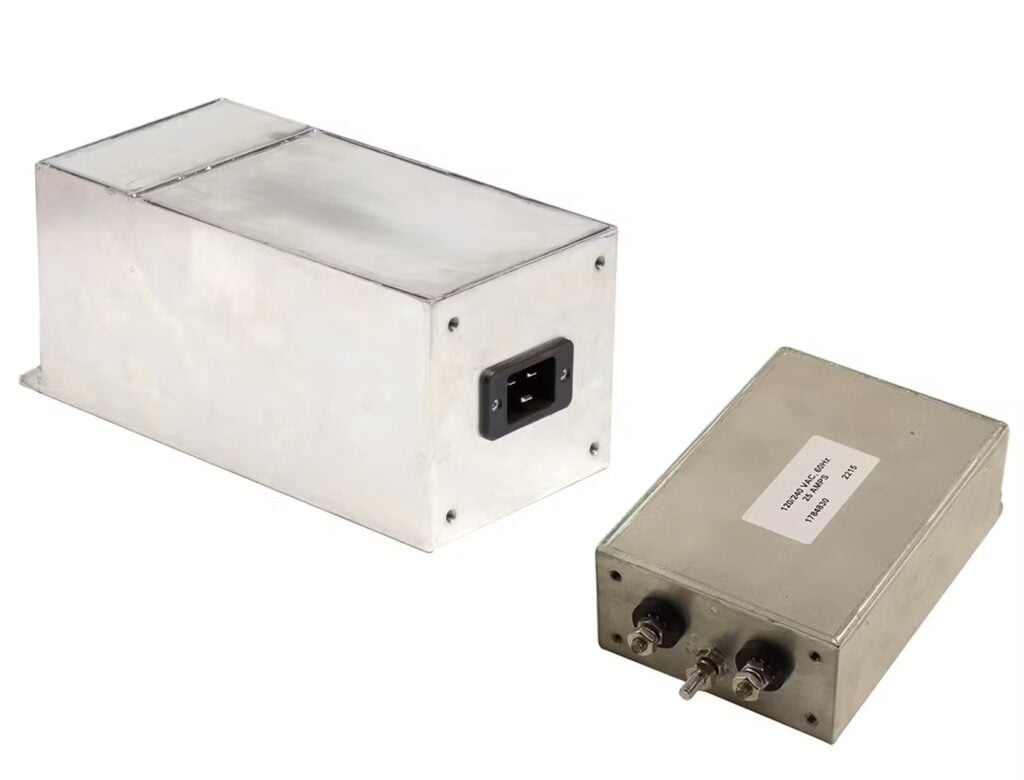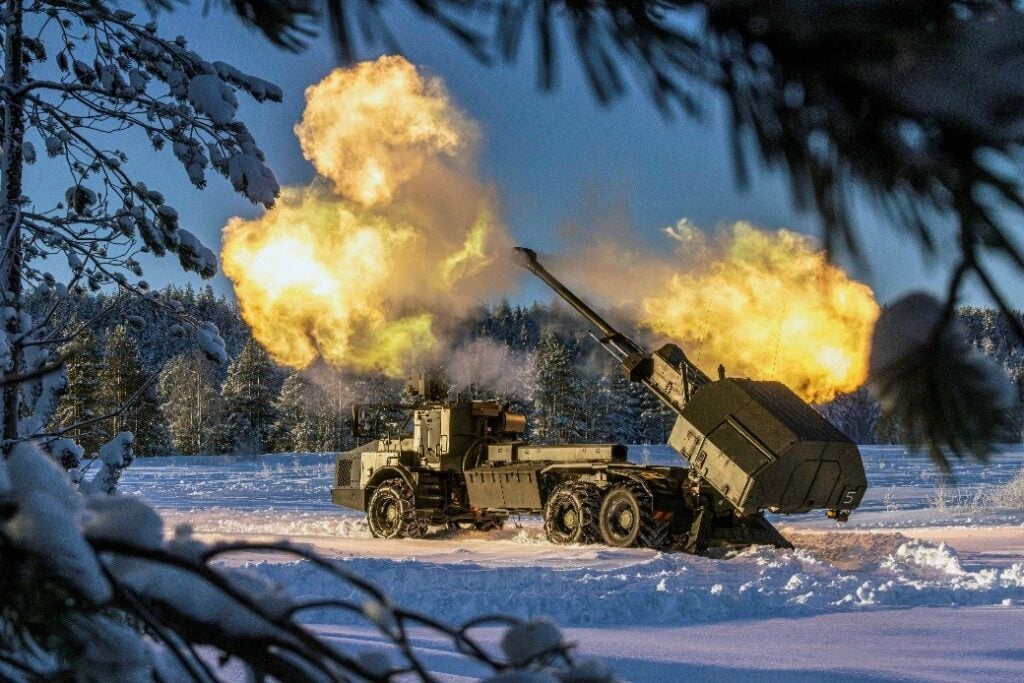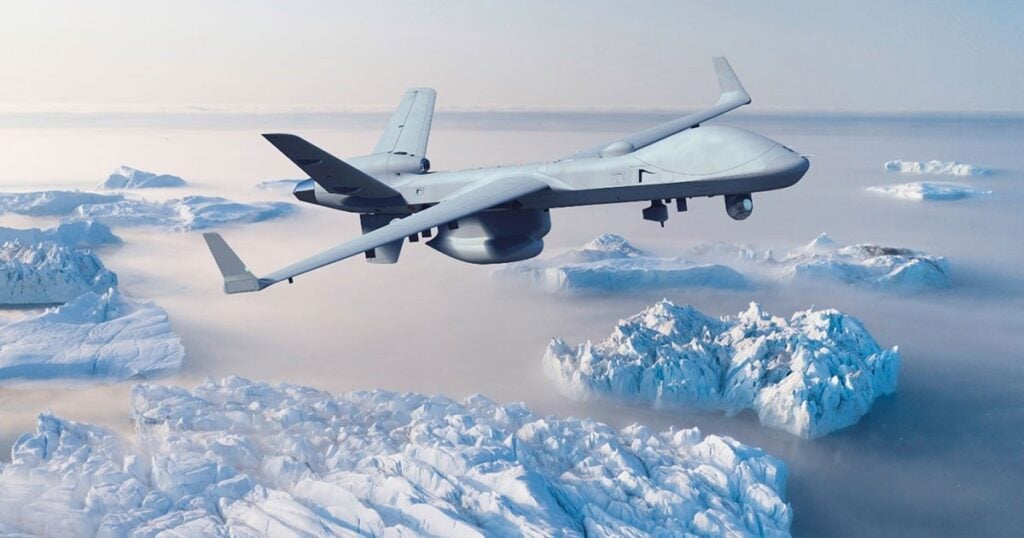
Discover Leading Defense Technology Solutions
Discover cutting-edge solutions from leading global suppliers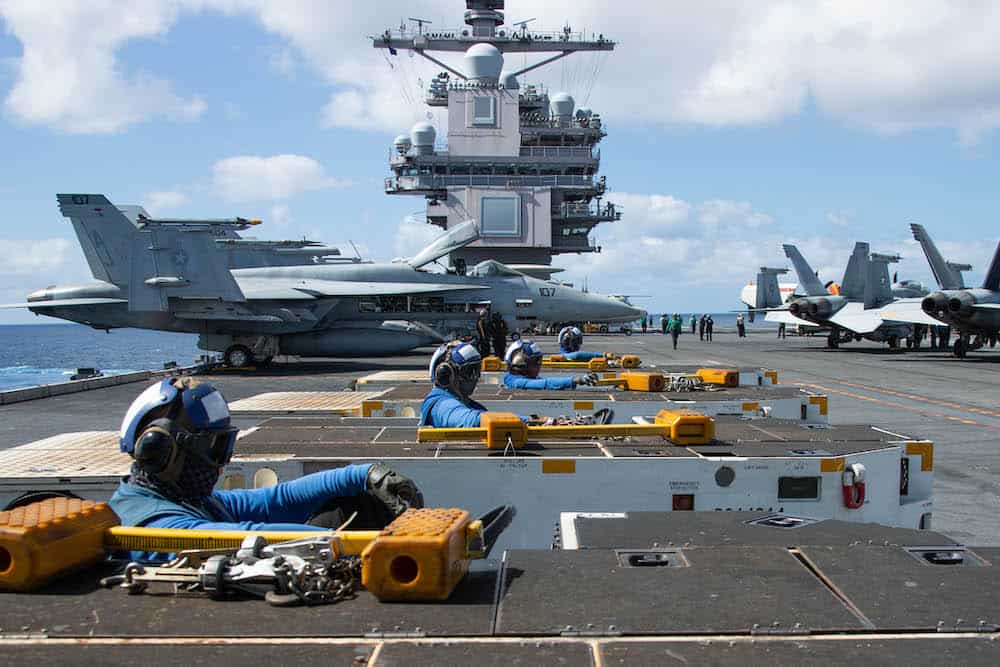
The sailors, ships, squadrons and staff of the Gerald R. Ford Carrier Strike Group (GRFCSG) have successfully completed composite training unit exercise (COMPTUEX), a certification exercise conducted during the integrated phase of the Optimized Fleet Response Plan.
“Throughout COMPTUEX, the Gerald R. Ford Carrier Strike Group team demonstrated a learning mindset and focused on continuous improvement,” said Rear Adm. Jeffrey ‘Caesar’ Czerewko, commander, CSG-4. “I am confident that this strike group is adaptable, capable and lethal. My staff coaches, mentors, trains and assesses across every mission area and we leveraged the capabilities of the live, virtual, constructive infrastructure to put the CSG-12 team into an intense and realistic month-long scenario. This was the first COMPTUEX assessment with a Ford-class nuclear powered aircraft carrier and this impressive group set the bar high for future ships of the class.”
The Gerald R. Ford Carrier Strike Group (GRFCSG) includes the staff of Carrier Strike Group (CSG) 12, Carrier Air Wing (CVW) 8 and Destroyer Squadron (DESRON) 2.
Participating units include Ford-class nuclear-powered aircraft carrier USS Gerald R. Ford (CVN 78), Ticonderoga-class guided-missile cruiser USS Normandy (CG 60), and Arleigh Burke-class guided-missile destroyers USS Ramage (DDG 61), USS McFaul (DDG 74) and USS Thomas Hudner (DDG 116).
CVW-8 squadrons include the ‘Black Lions’ of Strike Fighter Squadron (VFA) 213, the ‘Tomcatters’ of VFA-31, the ‘Ragin’ Bulls’ of VFA-37 and the ‘Golden Warriors’ of VFA-87; Electronic Attack Squadron (VAQ) 142; the ‘Bear Aces’ of Airborne Command and Control Squadron (VAW) 124; the ‘Rawhides’ of Fleet Logistics Squadron VRC-40; the ‘Spartans’ of Helicopter Maritime Strike Squadron (HSM) 70; and the ‘Tridents’ of Helicopter Sea Combat Squadron (HSC) 9.
Orchestrated by the Carrier Strike Group (CSG) 4, COMPTUEX is designed to fully integrate the GRFCSG, under the command of CSG 12, as a cohesive, multi-mission fighting force and test the strike group’s ability to carry out sustained combat operations from the sea. It lasts several weeks, during which units are tested on their proficiency and readiness through scenario-based, live training, that increases in complexity and intensity.
The exercise allowed the ships, aircraft, and staff to work together in response to specific scenarios across all warfare areas, and to refine their ability to communicate and fight alongside one another in a realistic training environment that included academic, synthetic and live training events.
“COMPTUEX served as a doctorate-level test of the strike group’s ability to operate collectively across the spectrum of warfare areas while incorporating the first in class Gerald R. Ford into the strike group,” said Rear Adm. Greg Huffman, Commander, CSG-12. “The robust scenarios challenged every facet of our warfighting capability, enabling growth and learning at every level, allowing us to further refine our warfare tactics and processes. The exercise solidified our already-cohesive strike group, and I’m extremely proud of the team’s determination and eagerness to constantly learn and improve in the most demanding situations. Our readiness is the highest it has ever been, and I feel fortunate for the opportunity to deploy with this amazing team.”
The strike group also conducted the sixth iteration of NATO training in COMPTUEX (formerly referred to as the NATO vignette), in a scenario developed by CSG-4 and Combined Joint Operations from the Sea Center of Excellence (CJOS-COE).
“COMPTUEX validated the strike group’s NATO interoperability, assuring our Allies and partners that the FORD Carrier Strike Group is ready to operate under either US or NATO command structure as the situation requires,” said Vice Adm. Daniel Dwyer, commander, US 2nd Fleet and Joint Force Command Norfolk. “Ford completing COMPTUEX leads the way for a global deployment and continued integration with NATO. The Alliance is stronger than ever, and any opportunity for our forces to train and exercise together under a single command structure increases our ability to effectively defend the Alliance as a single unified force.”
The GRFCSG team rehearsed a Transfer Of Authority (TOA) of command and control between a notional higher headquarters, led by CSG-4, and Naval Striking and Support Forces NATO (STRIKFORNATO), NATO’s rapidly deployable joint headquarters in Portugal. The strike group used NATO reporting procedures, messaging formats and chat capabilities, reinforcing command and control and aligning communications channels to ensure a seamless process in the event of a crisis. NATO operations in COMPTUEX also support the development of interoperability requirements for future force generation and improve allied maritime command and control linkages that are vital in all phases of warfare.
Gerald R. Ford provides the national command authority flexible, tailorable warfighting capability as the flagship of a carrier strike group that maintains maritime stability and security to ensure access, deter aggression and defend US, allied and partner interests.
Gerald R. Ford (CVN 78) is the US Navy’s newest and most advanced aircraft carrier. As the first-in-class ship of Ford-class aircraft carriers, CVN 78 represents a generational leap in the US Navy’s capacity to project power on a global scale. Ford-class aircraft carriers introduce 23 new technologies, including Electromagnetic Aircraft Launch System, Advanced Arresting Gear and Advanced Weapons Elevators. The new systems incorporated onto Ford-class ships are designed to generate a higher sortie rate with a 20% smaller crew than a Nimitz-class carrier, paving the way forward for naval aviation.
CSG-4 is a team that consists of experienced Sailors, Marines, government civilians and reservists, who mentor, train and assess US 2nd Fleet combat forces to forward deploy in support and defense of national interests. CSG 4’s experts shape the readiness of US 2nd Fleet Carrier Strike Groups (CSG), Expeditionary Strike Groups (ESG), Amphibious Readiness Groups (ARG) and independent deploying ships through live, at sea and synthetic training, as well as academic instruction.
Along with its subordinate commands Tactical Training Group Atlantic (TTGL) and Expeditionary Warfare Training Group Atlantic (EWTGL), CSG 4 prepares every Atlantic-based CSG, ARG and independent deployer for sustained forward-deployed high-tempo operations.





